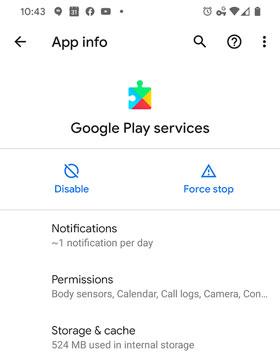There is an enormous amount of energy lost when we walk and a couple mechanical engineers out of the University of Wisconsin in Madison have designed a system to harvest this energy. Ashley Taylor and Tom Krupenkin are trying to bring the concept into reality through a company they founded called InStep NanoPower.
”The mechanical energy produced by humans during walking, which is normally simply lost as heat, is captured and converted into electrical power ready to be utilized by wireless personal electronics.”
InStep NanoPower say that they can harness up to 20 Watts of lost energy into useful energy that can be reused. The main focus seems to be harnessing the power to charge mobile devices as you walk.
“However with the rapid growth of mobile devices the demand for power sources producing watts or tens of watts has acutely increased….To bridge this gap, we have developed a radically new mechanical-to-electrical energy conversion method that is based on reverse electrowetting—a novel microfluidic phenomenon4. Energy generation is achieved through the interaction of arrays of moving microscopic liquid droplets with a novel multilayer thin film. We believe that this approach has a number of significant advantages, over existing mechanical-energy-harvesting technologies, including very high power densities, up to 103 W m−2, ability to directly utilize a very broad range of mechanical forces and displacements, including those not accessible by traditional piezoelectric or electromagnetic methods, and ability to output a broad range of currents and voltages, from several volts to tens of volts without the need for up or down voltage conversion.”
“We have also designed a novel energy management system, which allows direct utilization of the generated energy by common mobile devices such as smartphone’s and does not require connecting wires or mobile device modification. In particular, the integrated Wi-Fi hot spot can act as a “middleman” between mobile devices and a wireless network. Such an arrangement dramatically reduces power consumption of wireless mobile devices and allows them to operate for much longer time without battery recharge. “
While InStep NanoPower says they think they can get up to 20 watts of power through their concepts they only need half that to power the Android devices we know and love. We all complain about power due to the fact that we live on our devices and batteries just can’t handle but so much. We look forward to seeing the progress of this company.

























